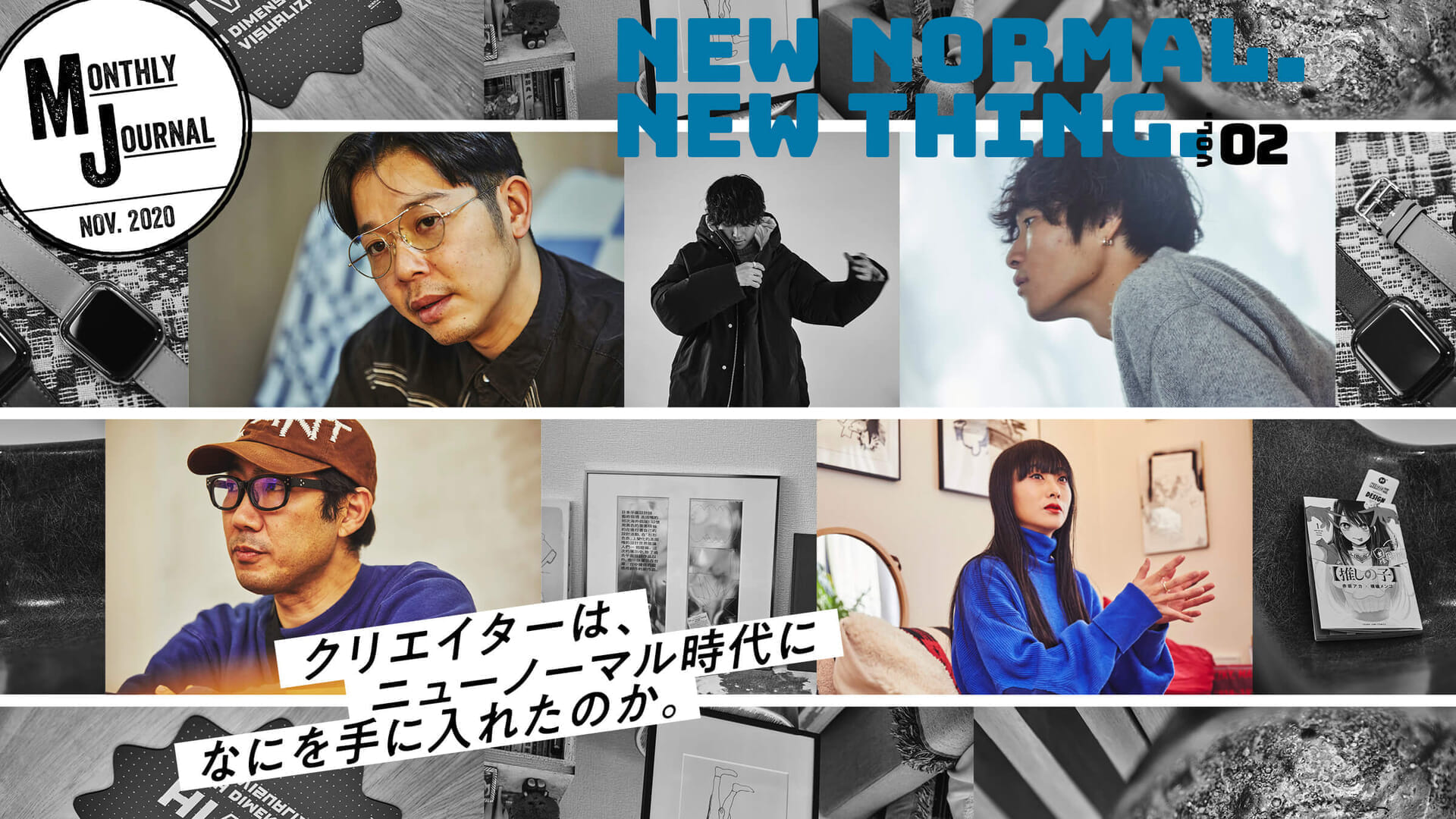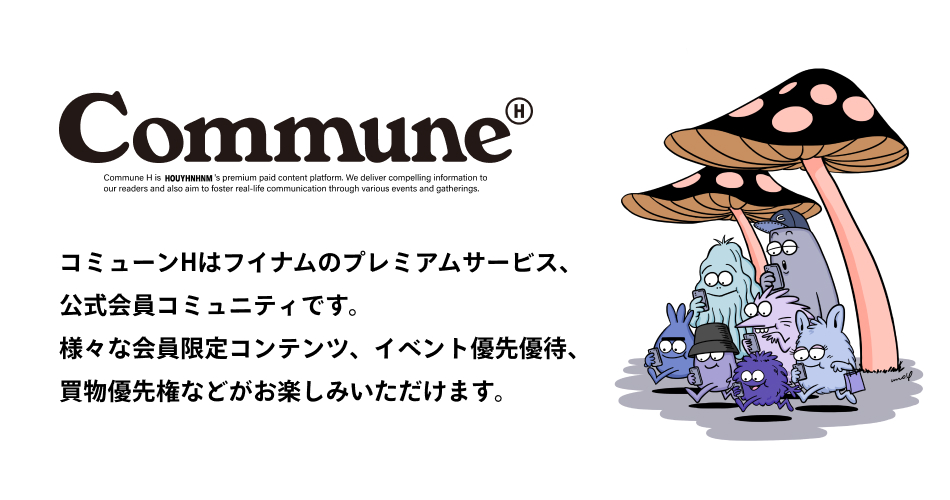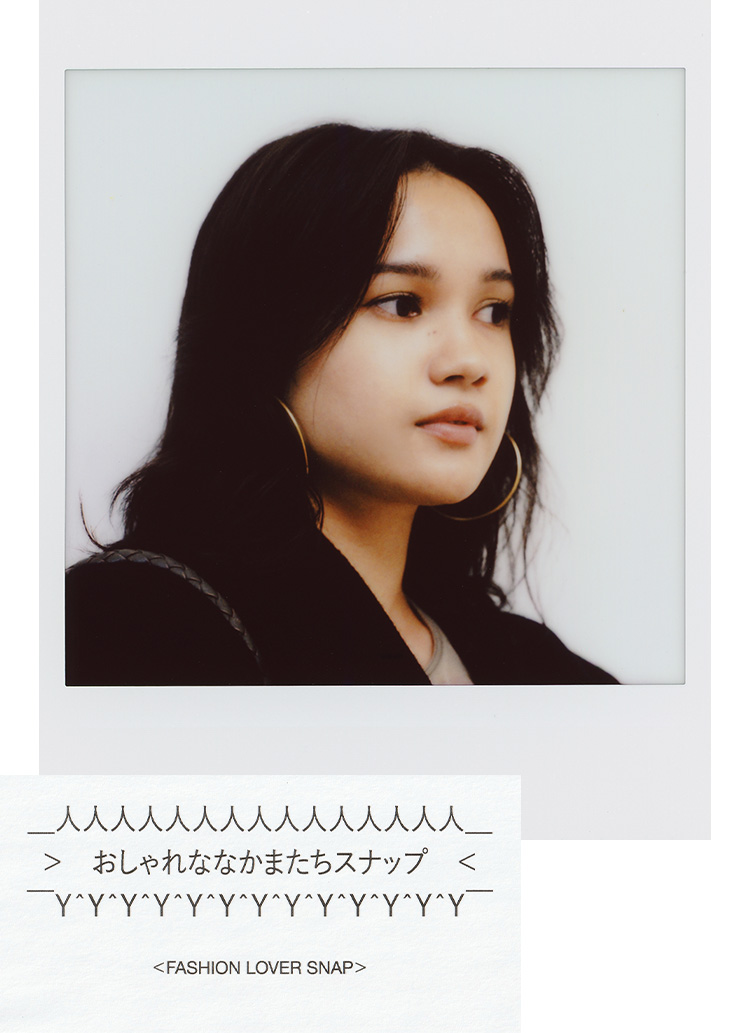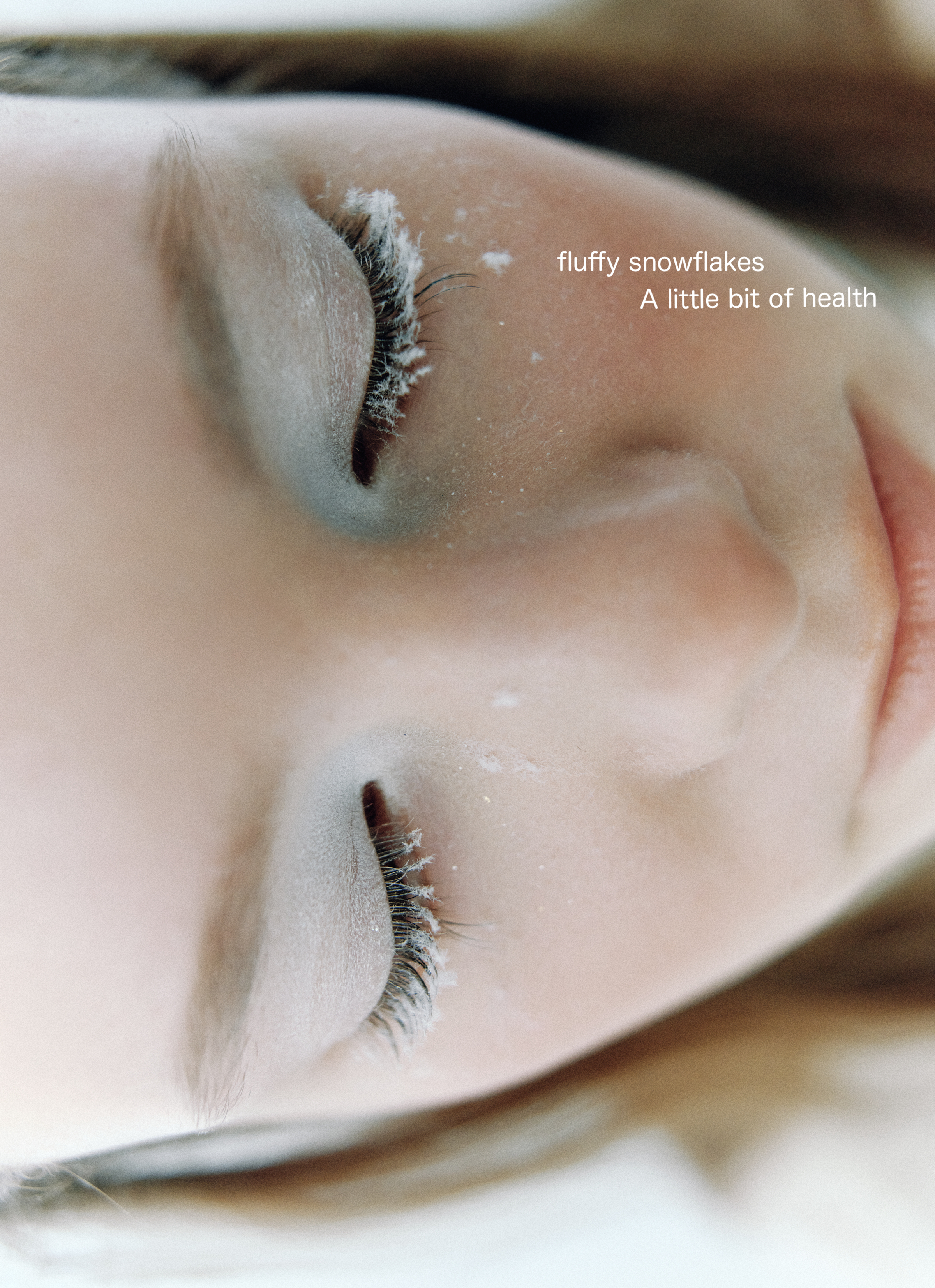PROFILE

Born in Tokyo, he established the art gallery "VOILLD" in Nakameguro in 2014, where he works as a director/curator. He plans and directs art-related exhibitions, and also produces "TOKYO ART BAZAAR," which brings together artists and creators. If you follow his activities, you will find that the freedom of art stimulates your senses and makes you realize that it is a familiar presence that accompanies our daily lives.
The tension conveyed by a one-of-a-kind work of art.
Have you changed what you buy after the Corona Disaster?
Ise: I used to spend money on consumable items, but now I am more inclined to spend money on things that will remain. This may sound extreme, but when I think about what will be left after I pass away, I began to wonder if someone else will carry on my wishes for the things that will be left behind.

I guess that means that people now have a greater appreciation for artwork than ever before.
Ise: I like it, and because of my profession, I have been buying artwork for a long time, but it has broadened my horizons. For example, I think that things that you wear or take with you outside are only possible if they have an object, a person or a place as their purpose. But with artwork, you are the only one who can face it. In that sense, I can enjoy them even when I am alone at home. So when I look at a work of art, I can remember the time when I bought it, and I can be cheered up.
What are some of your recent purchases that you particularly like?
Ise: This is "Milkman," one of Ken Kagami's most famous works. I had been looking for it for a long time, and when I found it on an auction, I purchased it with his permission. It is really unique with strawberries on his head and bananas stuck in his hips (laughs). Every time I see it, I feel positive. I have some of Kagami's products and stickers, but this is the first time I got a proper piece.

The character was created in 2000 and has become a familiar face on piggy banks and T-shirts. The American band Deerhoof released an album inspired by the Milkman, which graced the cover.
How do you feel about it now that you have it in your hands?
Ise: It conveys a sense of tension. Products that can be easily purchased are nice, but since the works are one-of-a-kind, there is a tension in displaying them on the side of the owner. It is as if you are buying the time spent by the artist, and you can also feel the atmosphere that Mr. Kagami was facing at that time.
Simply framing it doubles its appeal.
What else did you like about the purchase?
Ise: Yui Takada, an art director and graphic designer, recently held a solo exhibition and exhibited works with a different and fresh approach. It was very nice and I wanted to buy it, but the artwork was not for sale. But there were stickers as merchandise, so I bought one and framed it.

The stickers were folded in half and perforated, so they were separated and framed. The frame matched the silver stickers, creating a sense of unity. The frames were also coordinated to match the artwork.
The stickers look great just by framing them.
Ise: I believe that the way we perceive art is a matter of individual perception. For example, something may seem worthless to others, but if it shines brightly to me, it is a valuable work of art. I frame anything I like. It makes the charm stand out even more. During the period of self-restraint, I had some free time, so I framed various things. This increased exposure to the eye and made the artwork look more vibrant.
When you see something you like, it enriches your daily life, doesn't it?
Ise: I think art is an important element that heals, stimulates, and enriches our lives. In Japan, people may not yet be familiar with the idea of displaying art. But if it were overseas, it would be as easy as buying a nice piece of furniture. It is not something special, and I hope that people will incorporate it into their daily lives as if they were buying flowers.
It seems like it would be fun to think of ways to display them.
Ise: It can look even better depending on where it is placed and how the works are combined with each other. Just by changing the place where you hang them, you can change the look of the room. By purchasing artwork, you are directly supporting the artists, which is a very meaningful way to spend money.









